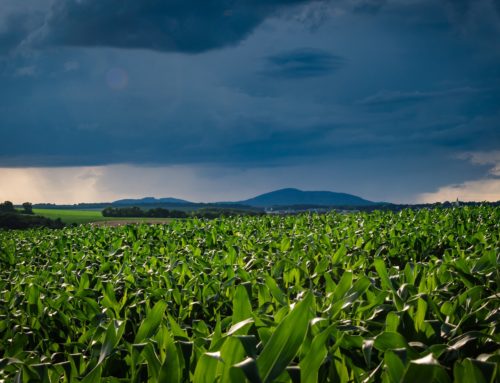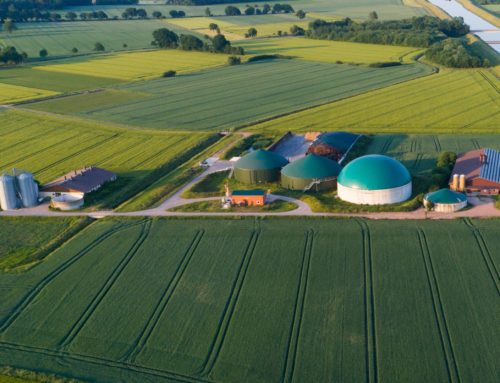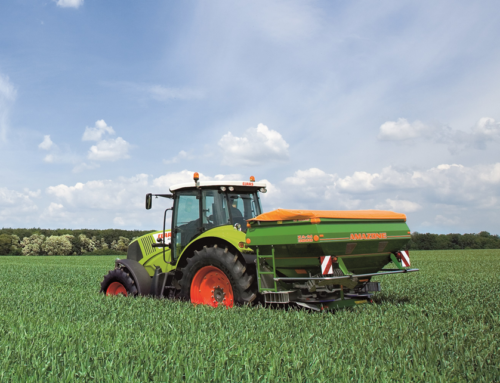Maize cultivation, sowing and planting density – key factors!
Maize cultivation is increasing steadily around the globe. This is due in part to rising energy yields and concentrations. As a result of climate change, maize is now being sown earlier and earlier, in some regions as early as mid-April. It is possible to drill maize with care in early dry periods, with the residual moisture ensuring a secure field emergence.
Compared to other crops, maize has numerous advantages from a cultivation point of view: high self-compatibility and stability, good mechanisation options as well as high energy yields and high tolerance of fertilisation coupled with low soil needs and low seed requirements. There are also some disadvantages to keep in mind: the small number of plants per m3, wide row spacing and high heat requirements as well as a late sowing time and late ground cover, a short vegetation time, late harvest when using farm-saved seed, and weed selectivity, all of which must be taken into consideration in the cultivation strategy.
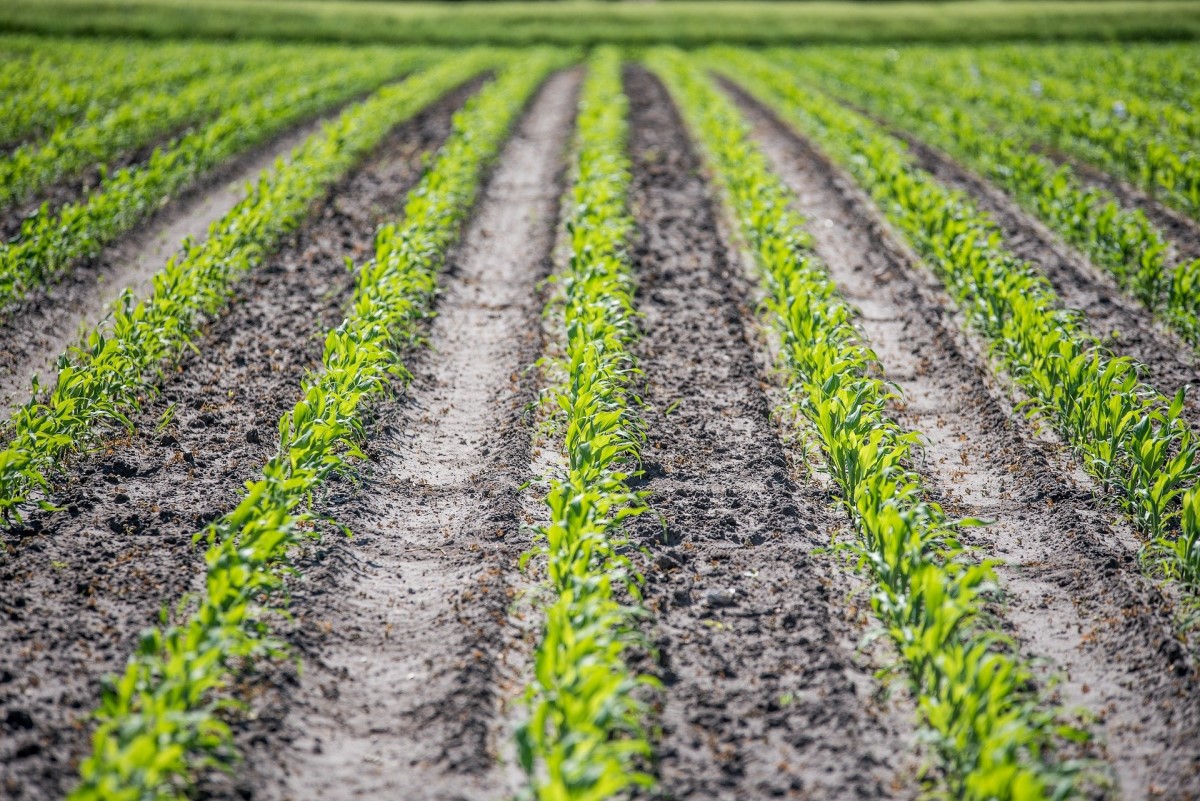
Image by Wolfgang Ehrecke on Pixabay
Maize cultivation and site conditions
In maize cultivation, temperature, water supply and soil are all of crucial importance and are closely interlinked.
Temperature
The accumulated temperature is an important factor for maturation and yield development; in maize cultivation, a soil temperature of 8–10 °C is required for germination. Temperatures of 10 °C and above are necessary for early development. At the same time, daily average temperatures below 10 °C can hinder the development of the maize plants. This leads to chlorotic leaf discolouration, followed by diminished assimilation capacity and reduced nutrient absorption. Late frosts of below ‑3 °C can lead to a freezing of the leaves or even the actual growth points. The latter would make it necessary to re-sow the crop.
Water supply
As a C4 plant, maize has low water requirements, which can be as little as 6 mm/m2 per day in the summer months of July and August. Thus, maize offers low transpiration coefficients. However, a lack of water inhibits growth and cob formation. In combination with heat, this leads to low pollination. Water deficiency after pollination prevents the assimilation or redistribution of assimilates to the cobs.
Soil
Maize has low soil requirements, but plant growth and development are better in warmer cultivation regions. In addition, humus-rich soils with a stable crumb structure and sufficient water and nutrient storage capacity are advantageous. Nonetheless, good maize yields can still be achieved on sites with less favourable soil conditions.
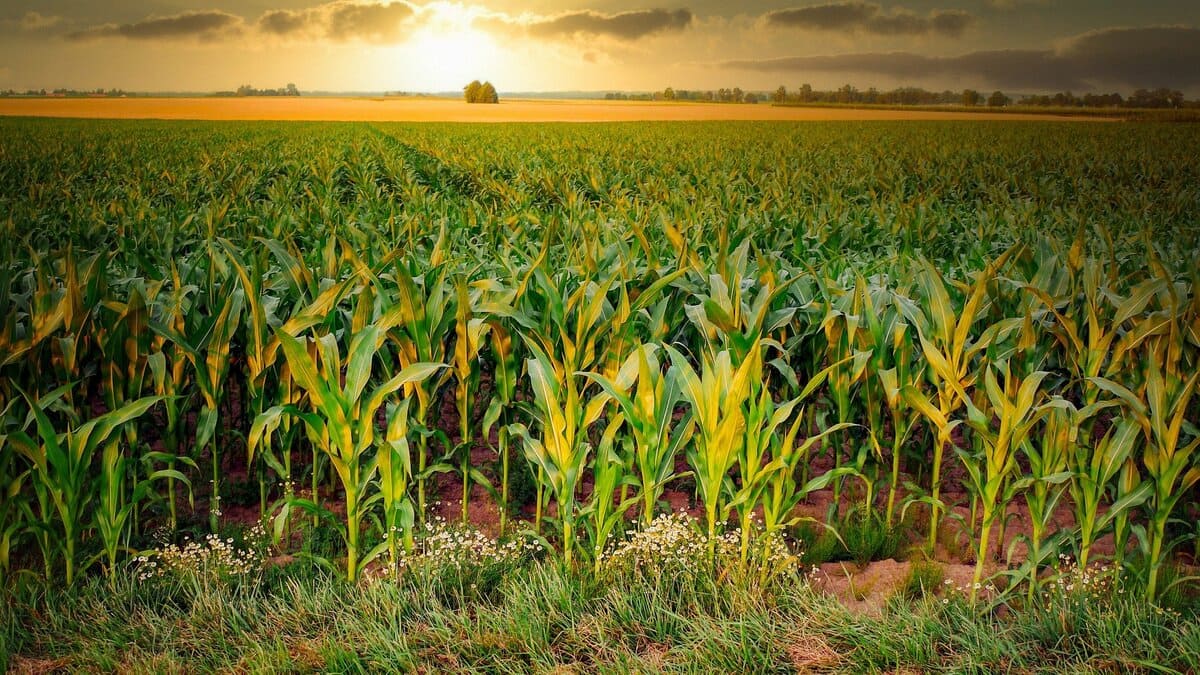
Image by Albrecht Fietz on Pixabay
Maize sowing
Maize sowing is all about timing. Sowing too early can lead to poorer and delayed germination and irregular field emergence. In addition, the crop protection can be reduced and the root growth inhibited. This then leads to a lower nutrient intake. On the other hand, late sowing can lead to a lack of maturation as well as quality losses and structural damage. Thus, excessively warm soil promotes rapid germination and early development. Longer days increase the length growth, which leads to a higher ear shoot. Overall, the vegetation time cannot be optimally used. This results in insufficient starch deposits and may lead to lower quality in silage maize, for example.
When it comes to tilling, the timing is also crucial. The soil should end up loose and crumbly. Spring tilling measures are designed to promote the warming of the seed bed and the removal of excess water. The most promising maize sowing is carried out after soil-friendly manure fertilisation and tilling. In the process, the basic tilling can be done after the previous crop has been harvested and preserved through intercropping.
The quality of the maize sowing has a crucial impact on yield. Precision seeding and sowing density are key factors in plant development, cob formation and harvest yields. In addition to the sowing time, sowing depth is also significant for the yield, requiring precise placement without gaps or double occupancy. Lightweight soils require a placement depth of up to 6 cm and heavy soils up to 4 cm, so that the seeds are located near the water-bearing soil layers and are able to germinate. </text4>
Maize planting density
As well as site and sowing conditions, successful maize production depends on the number of plants per m2, according to the variety. This indicator is based on both water availability and the specific variety. When these are perfectly aligned, the genetic performance potential of the maize variety can be exploited to the full. Recommended planting densities range between 6 and 12 plants/m2, depending on the variety. Thus, a higher planting density should be selected for early-ripening varieties. The seed requirement can be calculated based on the desired plant count and individual site factors. The number of seeds to be sown should be higher than the planned stock density in the event of unfavourable site conditions, pest infestation or bird damage. However, the number of seeds to be sown should be selected to avoid excessive planting density, whereby any lack of water could result in increasing competition for water and nutrients, reduced length growth, reduced cob development and rapid maturation. In contrast, excessive planting density with good water availability can lead to increased competition for light, increased vegetative growth, inhibited cob development and poorer maturation.
Maize cultivation with 365FarmNet

CLAAS Crop View
CLAAS Crop View shows differences in vegetation on the relevant fields and generates application or potential maps. In maize cultivation this can be used, for example, to design a sub-area specific sowing process, as the potential maps are linked to the soil properties, which are crucial for sub-area specific seed rate regulation. The potential and application maps can also be exported with the units “Seeds” and “Units” via ISO-XML.

meteoblue Weather Professional
Get weather data for your farm site and access location-specific weather forecasts. You can manage multiple weather locations according to your field distribution, with hour-by-hour forecasts and precipitation amounts. This can be used as a basis for determining the time to sow maize.

